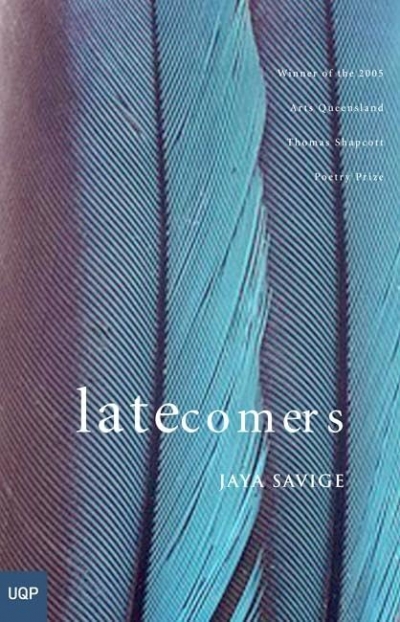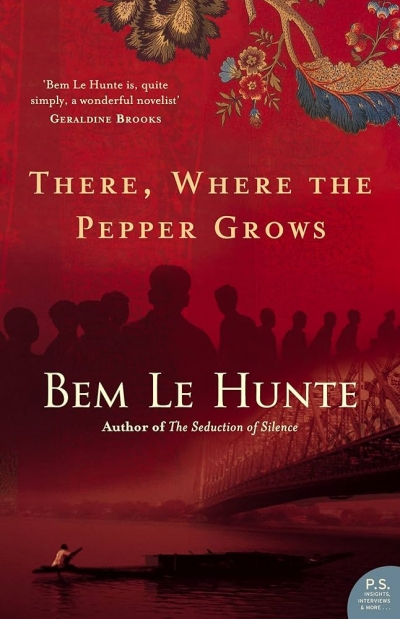Archive
ABR welcomes letters from our readers. Correspondents should note that letters may be edited. Letters and emails must reach us by the middle of the current month and must include a telephone number for verification.
... (read more)Telling the Truth About Aboriginal History by Bain Attwood
Beyond The Legend by Noni Durack & Out Of The Silence by Wendy James
Moving house recently reacquainted me with my books as I handled each one, packing and unpacking, dismantling the shelves from under them, banging the shelves together in the new place and lining up the books in a jumbled vestige of the old order. Books carried round for half a lifetime, books read more than once, books that will never be read, gifts, enthusiasms, bearers of memory and desire. Arranging books is something we all must do, culling and keeping in mysterious ways that reflect ourselves and our circumstances.
... (read more)Be warned: what follows is in the nature of a rave. It’s not often one is tempted to weep with gratitude for how the theatre has brought a play to such magisterial life that one can’t imagine ever wanting to see it again – let alone supposing it could be done better. If you’re tired of over-smart productions doing vulgar, opportunistic things with great plays, then Ariette Taylor’s recent production of Chekhov’s Ivanov at fortyfivedownstairs (that’s 45 Flinders Lane) was the place to be. It was an occasion of unalloyed joy and celebration.
... (read more)





